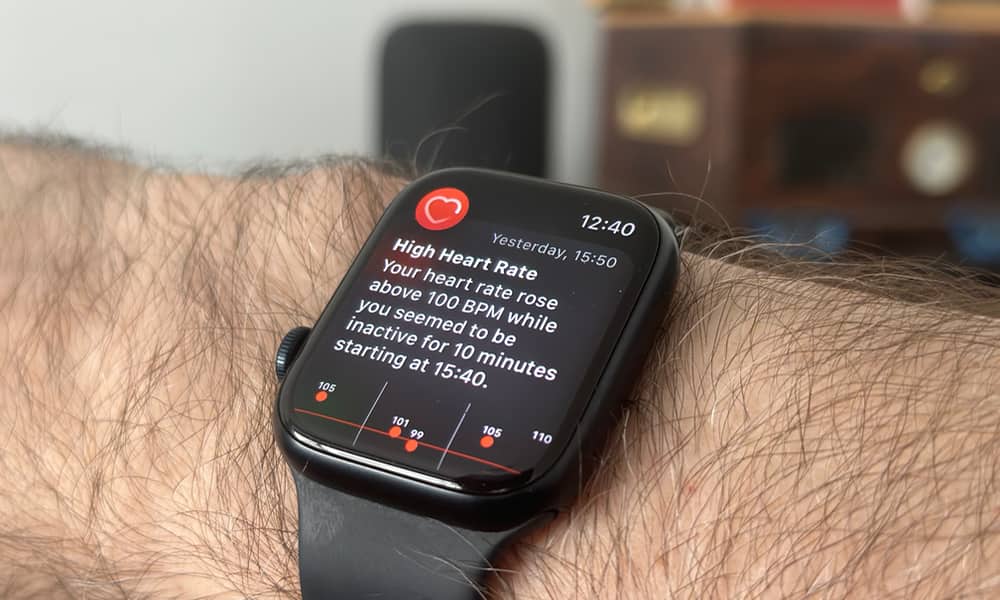Couple Says Apple Watch Detected Heart Condition They Weren’t Aware Of

Toggle Dark Mode
The Apple Watch has boasted atrial fibrillation (AFib) detection since the release of the Apple Watch Series 4 back in 2018. The feature continues to save lives, as the latest example from a married couple who live in Summerville, South Carolina demonstrates.
Charleston’s The Post and Courier reports on the story of Jeff and Ellen Priest, who fully credit the Apple Watch with discovering Jeff’s silent heart condition:
Jeff Priest was sitting on the couch when an alert popped up on his Apple Watch, telling him he had a sudden heart condition called atrial fibrillation. For a man with no health problems and no family history, there could only be one conclusion:
“I thought there was something wrong with the watch,” said Priest, 65, retired provost of University of South Carolina Aiken. “I wasn’t feeling bad, I was feeling my normal self.”
But his wife, Ellen, took it more seriously.
This is far from the first time that the Apple Watch has been credited with detecting AFib and warning its owner about the condition, despite the person feeling completely fine. In fact, it can often detect AFib that a hospital ECG misses entirely due to the intermittent nature of the condition.
Atrial fibrillation (AFib) is an irregular heart rhythm where the upper chambers of the heart do not beat in sync with the lower heart chambers.
The CDC says approximately 2% of those younger than 65 years old and 9% of those above 65 years of age have AFib. Heart rhythm irregularities become more common as people age. While some people with AFib don’t experience symptoms, other people will experience symptoms that can include palpitations, fatigue, rapid heartbeat, and shortness of breath.
While AFib is a chronic condition, the amount of time spent in AFib can vary, allowing affected people to continue to live active lives and making it difficult for doctors to pick it up during routine tests — unlike an Apple Watch, which most people wear for several hours a day, every day.
Individuals can reduce the amount of time spent in AFib by getting regular exercise, following a heart-healthy diet, reducing to a healthy weight, and receiving treatment for other medical conditions that can aggravate AFib. If left undetected and/or untreated, the condition can lead to heart failure, as well as blood clots that could cause a stroke.
The Apple Watch’s AFib History provides information about the length of time your heart shows signs of AFib, allowing you to share the information with your physician.
Luckily, in Jeff’s case, he was alerted, leading him to seek medical attention and receive proper treatment to manage the heart condition. Jeff was also able to use his Apple Watch to monitor his heart condition without an extended stay in the hospital.
“I wasn’t having any symptoms,” he said. The staff kept asking, ” ‘Your chest doesn’t hurt?’ No. ‘You can’t feel your heart racing?’ No.” […]
They let them go home hours later after medications got him stabilized. But when he saw Schneider two days later, he was still in atrial fibrillation, even though he still did not feel bad. She kept him on the medications but made an appointment for him to get his heart shocked back into a normal rhythm. He got permission to go to a golf tournament, and in the middle of it he suddenly felt things return to normal.
“I checked on my watch and I was” out of atrial fibrillation, Jeff said. The shock became unnecessary.








